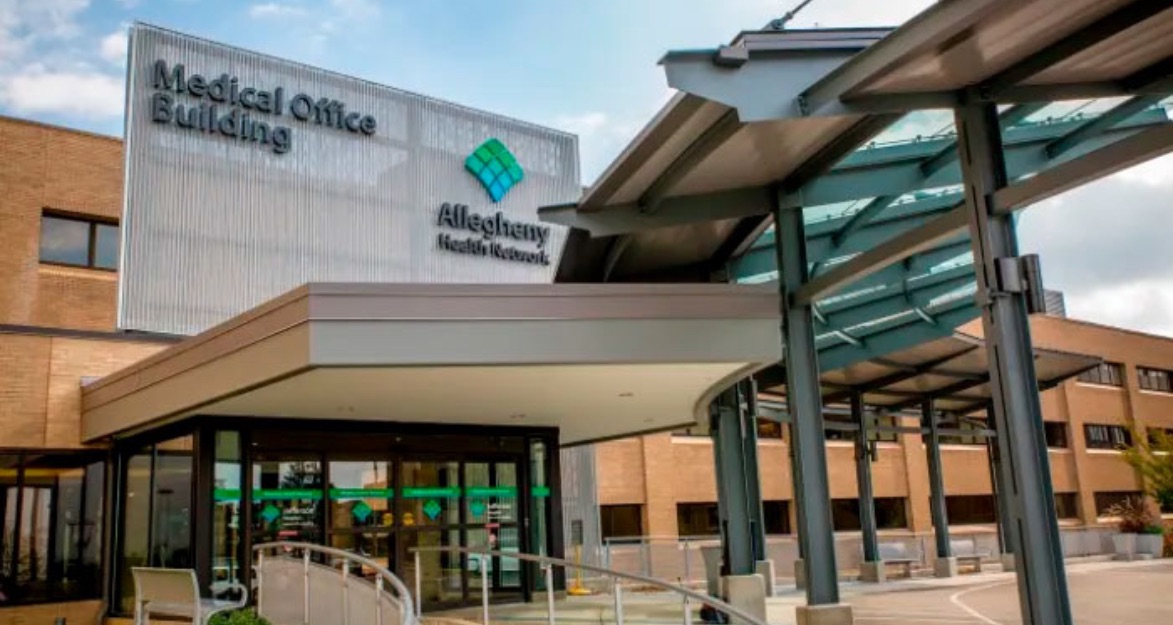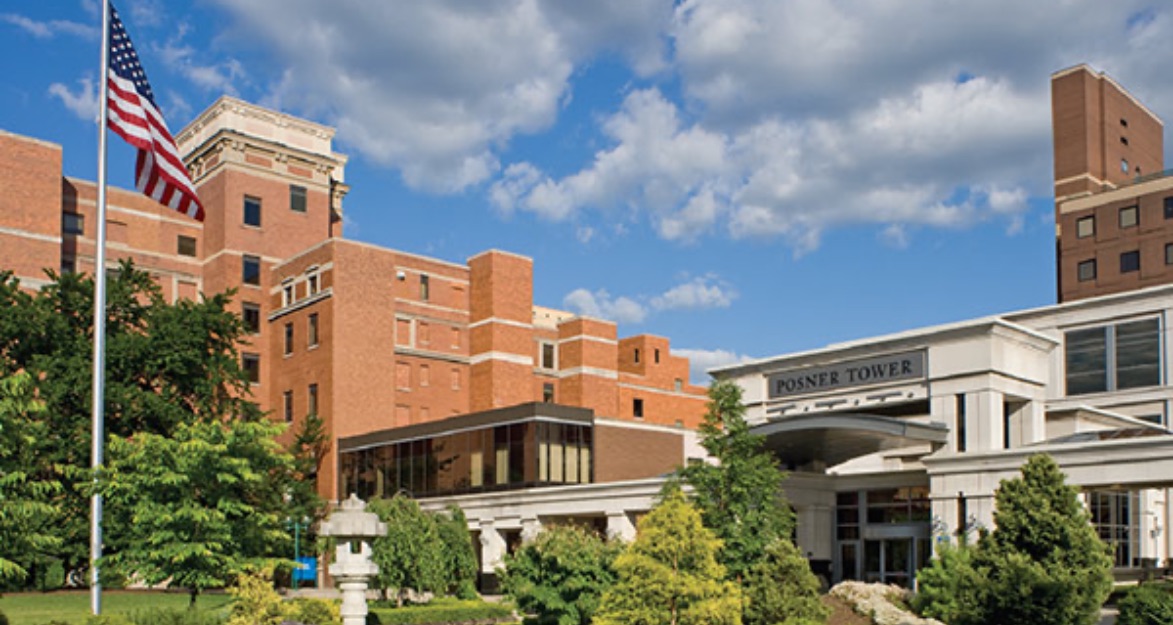Destruction Technique
Zitelli & Brodland provides effective destruction techniques, including electrodessication and curettage ("scraping and burning"), cryotherapy (liquid nitrogen), and laser therapy, for managing non-aggressive types of skin cancer. Laser surgery, specifically, is adept at addressing very superficial skin cancers by selectively removing the outermost skin layer. While these techniques boast swift application, offering convenience in certain cases, it's crucial to recognize that cure rates are generally lower compared to traditional surgery.
Examples of Destruction Technique
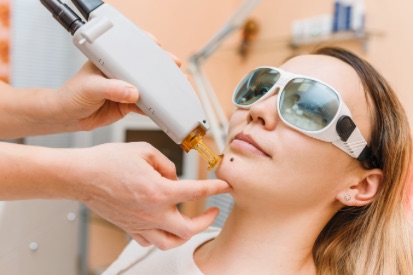
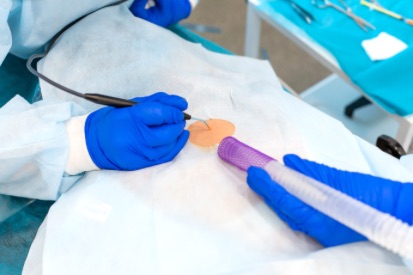
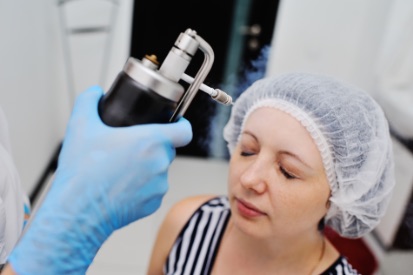
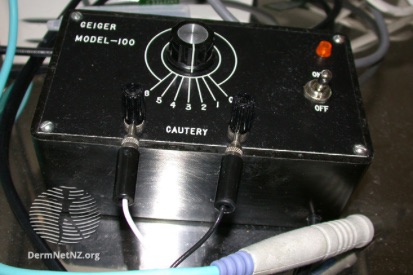
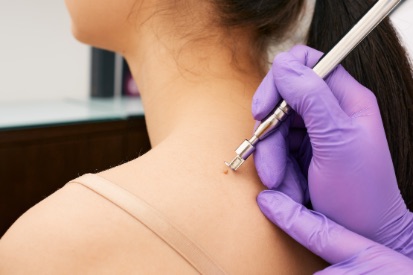
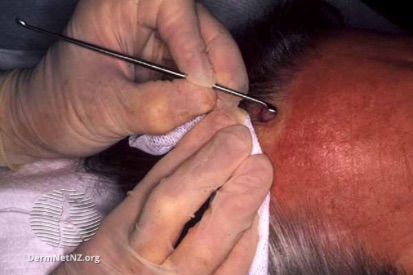
Destruction Technique Explained
What are the Benefits of Destruction Technique
Destruction Technique FAQs
Clarification on the level of discomfort or pain associated with different techniques and whether local anesthesia is typically used.
Information on any pre-procedure instructions, such as discontinuing certain medications or avoiding skincare products.
Discussion on cure rates and how they may vary based on the technique and the specific skin condition being treated.
What to Expect at Your Destruction Technique Appointment
Before a destruction technique appointment, expect a thorough examination by a healthcare provider to assess your skin condition. They will recommend a technique like electrodesiccation and curettage, cryotherapy, or laser therapy based on the nature of the concern. During the procedure, precision is key as the chosen technique is applied—electrodesiccation and curettage involve scraping and burning, cryotherapy freezes with liquid nitrogen, and laser therapy removes the outermost skin layer swiftly to address the concern efficiently.
How to Prepare for Your Destruction Technique Procedure
Planning for Recovery after Destruction Technique
After a dermatological destruction technique, expect temporary effects like redness, swelling, or discomfort at the treatment site. Healing time varies based on factors like technique and treated area size, typically taking a few days to weeks for superficial wounds. Your healthcare provider will provide post-treatment care instructions, including cleanliness, avoiding sunlight, and refraining from irritating activities.
Crucial to recovery is protecting the treated area from direct sunlight using high SPF sunscreen. Monitor for signs of infection, reporting any concerns promptly. Follow-up appointments may assess healing, address concerns, and determine further treatments or adjustments. Depending on the technique and treated area, limitations on activities may be advised during the initial recovery.
Featured Products
Check your local office for current stock!
Check your local office for current stock!

